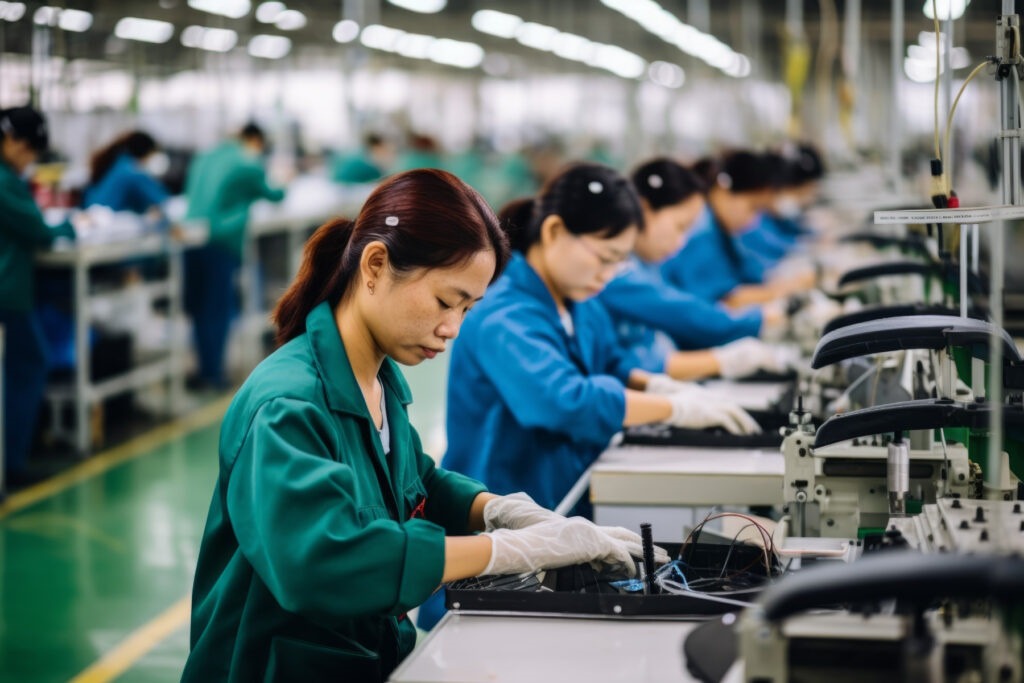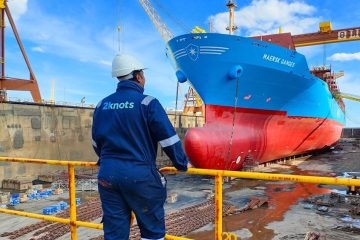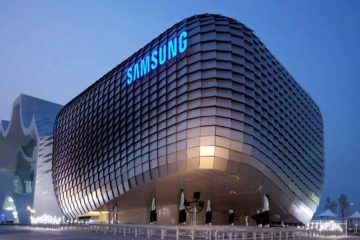Chinese corporations rush to open US plants amid Trump’s tariffs

Chinese companies are swiftly establishing manufacturing facilities in the United States as the repercussions of Trump’s tariff war become increasingly evident. For weeks, Ryan Zhou has been operating with minimal rest. The 38-year-old entrepreneur from eastern China is working 14-hour shifts in an effort to launch his company’s inaugural factory in Dallas ahead of the impending summer heat.
Zhou’s enterprise, specializing in custom-printed mugs and T-shirts, previously flourished by dispatching thousands of small parcels to the US on a daily basis. However, a significant shift occurred following the actions of US President Donald Trump, who escalated tariffs on Chinese imports by imposing a 145 per cent duty on a wide array of goods. Beijing responded with tariffs of 125 per cent of its own. “The United States is 95 per cent of our market,” Zhou said, as reported by South China Morning Post. “We can’t afford to lose it.”
For Chinese exporters such as Zhou, the directive was unmistakable: relocate production to America, or face the danger of being priced out of the market. Since returning to office in January, US President Donald Trump has enacted extensive tariff increases on Chinese goods, elevating duties by an average of 145 per cent. In a counteraction, Beijing imposed 125 per cent tariffs on US imports, exacerbating the standoff between the world’s two largest economies.
As noted by the Peterson Institute for International Economics, the recent tariff increases represent some of the most aggressive measures since the 1930s and have begun to alter global supply chains significantly. For Zhou’s business — which produces custom-printed mugs and T-shirts — the repercussions were significantly pronounced. The new tariffs not only encompassed a wide array of consumer goods, but Washington also eliminated the “de minimis” rule, which had formerly permitted low-value shipments to enter the US without incurring taxes. Currently, every small parcel is subjected to a 90 per cent levy, which significantly disrupts his cost structure.
The South China Morning Post report indicates that Zhou’s Dallas plant, set to commence operations in May, will focus solely on the most basic production processes. “Labour costs here are much higher, and regulations are strict,” he stated. “In China, a single product might pass through ten stages.” In Dallas, we will conduct merely one or two. Other Chinese enterprises are hastening to undertake comparable actions. Zhu Ning, who operates a consultancy focused on assisting companies in localising production within the US, indicated that he has been inundated with inquiries.
“Automation is key,” Zhu stated. “American wages are high, and honestly, worker efficiency doesn’t always match what you find in China.” Leo Li, an electronics manufacturer based in Shenzhen, has recently inaugurated a 1,000-square-metre facility in Reno, Nevada. The new facility emphasizes the assembly of sensor modules — a process characterized by its simplicity and reduced labor intensity.
Nonetheless, it is not an ideal remedy. Sourcing materials in the US continues to present challenges and incurs significant expenses. “The supply chain here just isn’t as complete,” Li remarked. However, akin to Zhou, he holds the view that the effort to move closer to customers is justified. “Our costs will rise, but not as much as they would with the tariffs,” Li stated. “The goal is to survive — and stay competitive.”
As manufacturing shifts westward, Beijing is simultaneously asserting its influence in a different domain: rare earth minerals. China has implemented export controls on gallium, germanium, and various other critical materials vital for sectors such as semiconductors and green energy. A Reuters report indicates that this development has unsettled US manufacturers, prompting them to seek alternative supplies from allies such as Australia and Canada. China characterized the action as a “necessary countermeasure” against what it terms US economic bullying, heightening concerns that the trade war might expand into a wider technological conflict.
In spite of the challenging terrain, a significant number of Chinese entrepreneurs continue to demonstrate a strong commitment to the US market. “As long as the US dollar stays dominant, America will stay the world’s biggest consumer market,” Zhou said. Experts anticipate an increasing influx of Chinese capital into US manufacturing, particularly in industries such as petrochemicals, where raw materials were historically transported to China for processing.
Ye Yingmin, founder of Beijing’s Chem1 consultancy, remarked to the South China Morning Post that the traditional model is no longer viable given the elevated tariffs on both sides. “We’re seeing Chinese firms preparing to invest heavily in places like Texas,” Ye stated. His firm is set to inaugurate its inaugural overseas office in Houston. Meanwhile, there are indications of a potential de-escalation. Trump recently acknowledged that the existing tariff levels are “unsustainable”, and officials have suggested the possibility of upcoming discussions. Nonetheless, China has characterized these reports as “fake news”, and there have been no formal negotiations disclosed.
For Zhou, it does not alter the strategic approach. “We were already planning to come here,” he stated. “The trade war just made us move faster.” “Now, we’re here to stay.”










